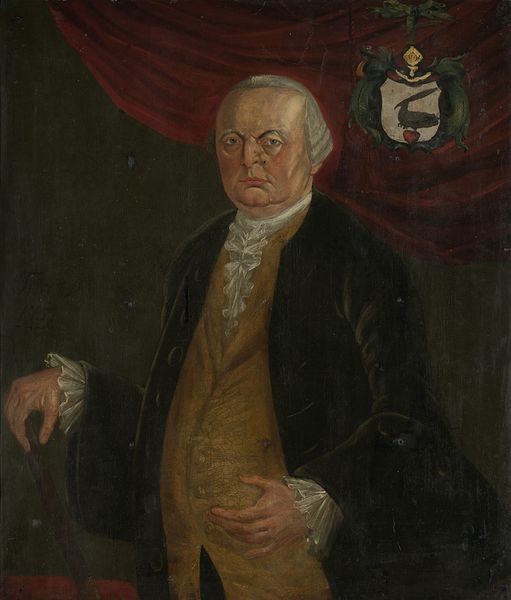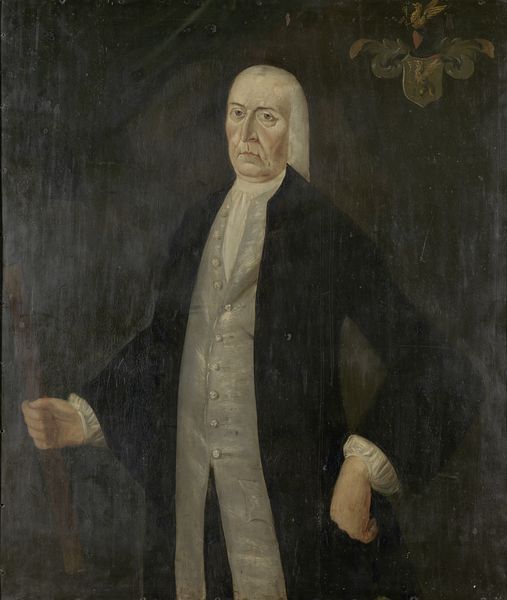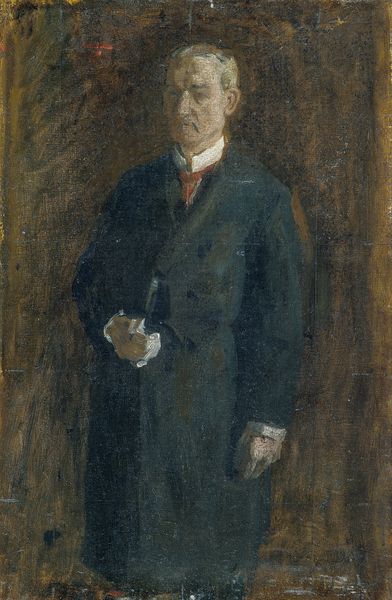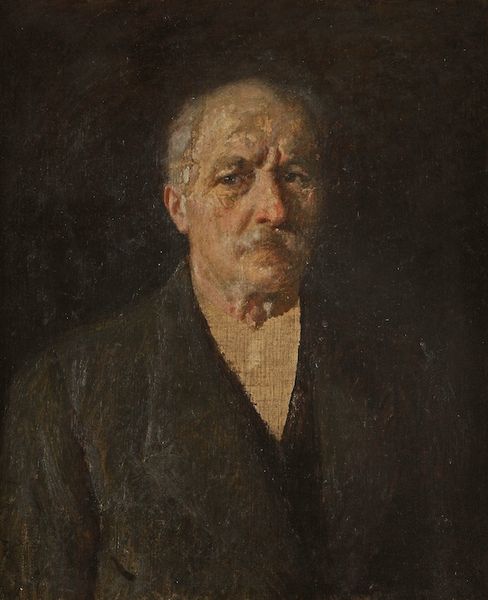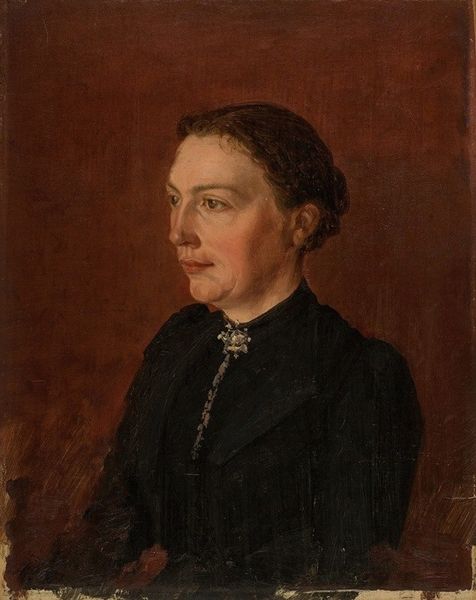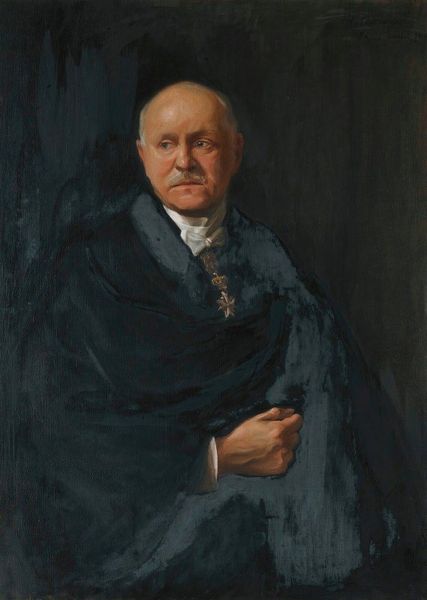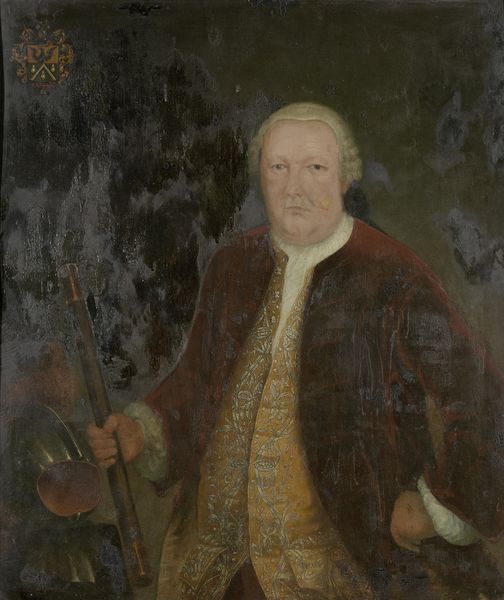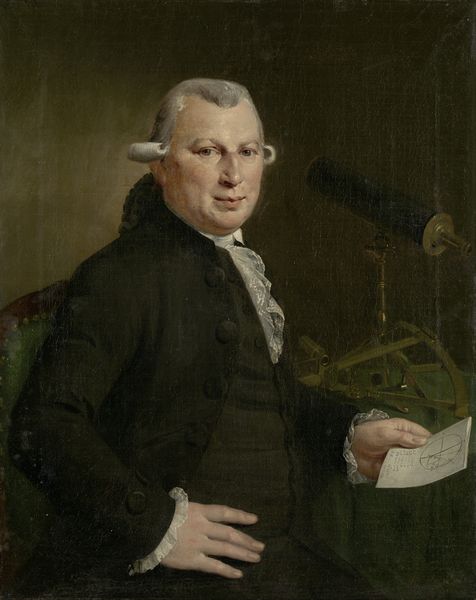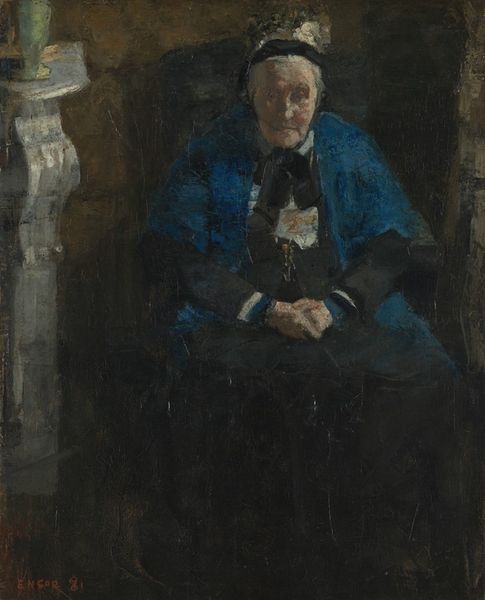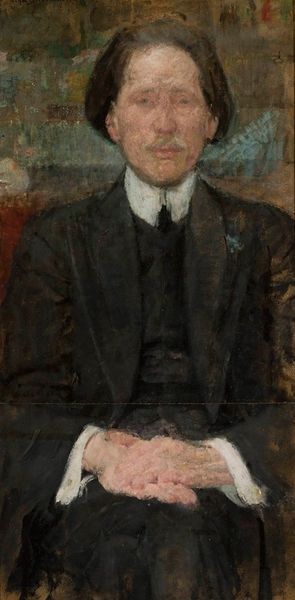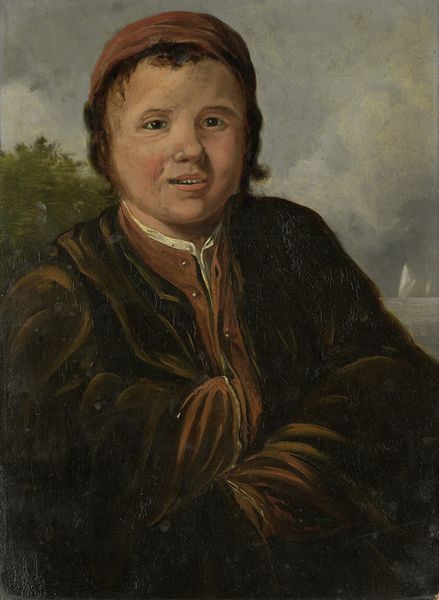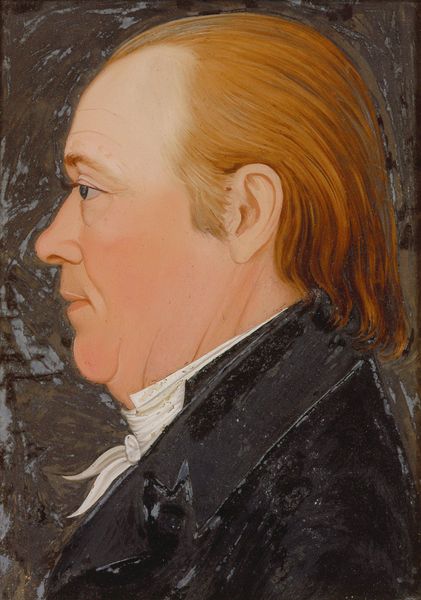
Portrait of Reinier de Klerk, Governor-General of the Dutch East India Company 1779
0:00
0:00
Dimensions: height 35 cm, width 27 cm, depth 3.5 cm
Copyright: Rijks Museum: Open Domain
Franciscus Josephus Fricot painted this portrait of Reinier de Klerk, Governor-General of the Dutch East India Company, in 1777. The subject's official role is emphasized in the inscription. As Governor-General, de Klerk was the chief executive of the Dutch East India Company, or VOC, wielding immense power over trade and colonial administration in the region. The VOC was a powerful institution. Its governors-general, such as de Klerk, played a crucial role in shaping the social and economic landscape of Southeast Asia, often at the expense of local populations. The painting subtly conveys de Klerk's status through his clothing and the trappings of wealth. The historian must consider the social and institutional context in which art is made. Records and documents of the VOC are one place to start. What can these tell us about the social conditions of the time?
Comments
No comments
Be the first to comment and join the conversation on the ultimate creative platform.
